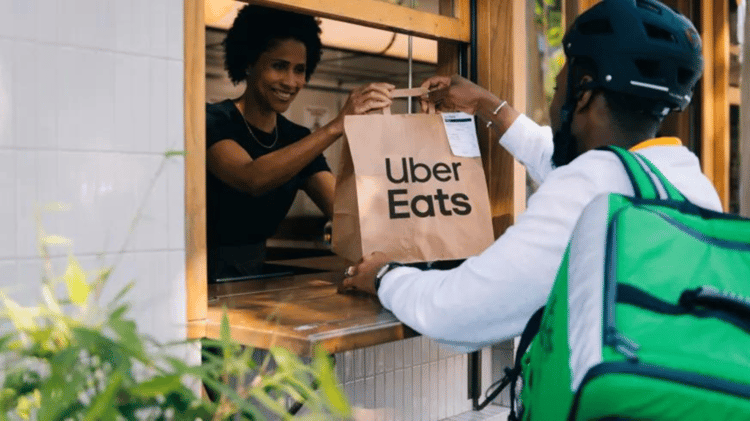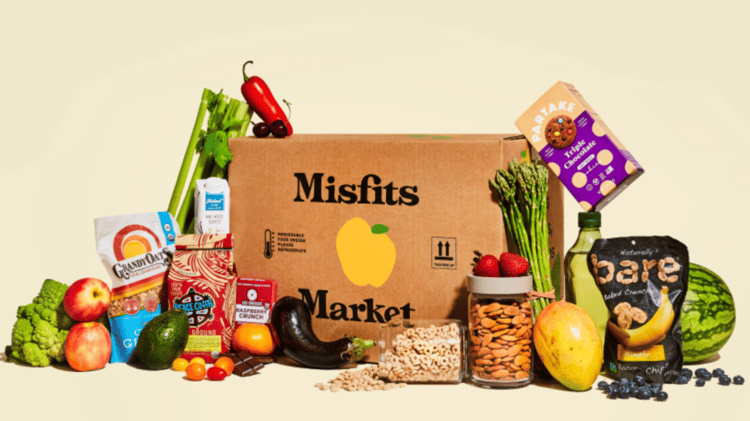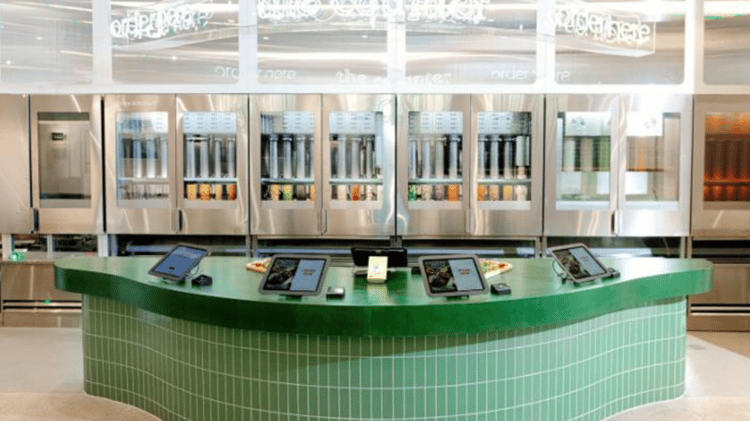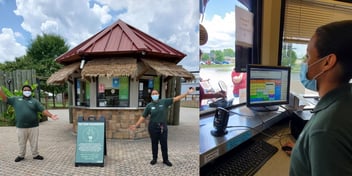In the next installment of our brand inspiration series, we’re diving into the delicious world of eating out, dining in, and all-around culinary creativity.
There used to be two types of ways to enjoy a meal. You could cook in, or you could dine out. Today, the lines are more blurred, more convenient, and more innovative than ever before. Brands such as Uber Eats, Misfits Market, and Sweetgreen have changed the way that consumers eat as well as their expectations for convenience and quality.
Grab a fork and let’s dive into what cultural attractions can learn from each of these clever brands.
1. Dinner on Demand: How Uber Eats Made Dining out an In-Home Experience

Uber Eats has revolutionized the food delivery industry by turning the notion of dining out on its head. With just a few taps on a smartphone, users can order from a myriad of restaurants and have their favorite meals delivered right to their door. This platform not only offers convenience but has expanded the reach of many dining establishments to a wider audience.
Here’s what cultural attractions can take second helpings on:
-
Add a sprinkle of diversity: Just as Uber Eats offers a vast array of cuisines, cultural attractions can expand their dining options to reflect global cultures, aligning with international exhibits or themed events. An aquarium, for example, might feature dishes inspired by coastal regions from around the world with a little story blurb on the menu to give guests further context and education about their meal.
-
Order in advance: Attractions can offer mobile pre-ordering of menu items while guests are still enjoying attractions, or you can even offer it as a bundling opportunity when they initially buy tickets, having their pre-ordered meal ready for them as soon as they are.
-
Encourage ‘feed’back: Requesting feedback from your guests doesn’t have to be a scary thing, it can be an opportunity to see what’s going well and what needs improvement. Reviews offer invaluable data that can be used to further enhance your guest experience. Giving your visitors an easy way to leave commentary after they place their order is a great way to gather this information all in one place.
2. Serving up Sustainability: How Misfits Market Found Something Beautiful in Imperfection

Misfits Market is a mission-driven online/app-based grocery store that’s revolutionizing the way we think about food and sustainability. By rescuing ‘ugly’ produce that doesn’t meet the arbitrary standards of traditional grocery stores, Misfits Market is helping cut down on food waste while also redefining produce standards in the eyes of their customers. They work directly with farmers to give a second chance to quality yet imperfect-looking produce, ensuring it ends up on dining tables rather than in landfills. They’ve also expanded their model to include locally made groceries outside of produce and in doing so, help support smaller businesses in the community instead of just big-name producers.
A couple of ways cultural attractions can learn from Misfit Market’s sustainable approach to business:
-
Host a ‘waste-free’ partnership: Just as Misfits Market focuses on cutting back on food waste through education with imperfect produce, institutions can also host a similar concept through waste-free events by collaborating with local non-profit organizations to donate any edible leftovers from large catered events. By doing so, you’ll not only minimize waste but also support community well-being. See how SSA did just that at our recent waste-free event.
-
Educational opportunities: One of the coolest things about Misfit Markets is that it’s not simply a business, but also works to educate customers about the impact of food waste. Similarly, cultural attractions can also weave sustainability themes into their exhibits or attractions that show guests how they can support their own community. For example, a zoo might spotlight species impacted by agricultural waste, or a museum could feature an exhibit on the history and impact of food production.
3. A Fresh Take on Fast Food: How Sweetgreen Dishes up a Healthy Alternative to Fast Casual

Fast food restaurants are nothing new, but when Sweetgreen opened its doors in 2007 it ushered in a new kind of fast-casual but health-centric dining experience. Their customizable salads and bowls (while not necessarily cheap) are both delicious and nutritious, allowing diners to make healthier choices without sacrificing convenience or taste. They work on a local farm-to-table level, with a commitment to sustainability and transparency in all their ingredients. This aspect, in addition to their clever use of tech innovation (most recently with their fully automated robot kitchen), sets Sweetgreen apart from traditional fast-food establishments.
Here’s how cultural attractions can feast on Sweetgreen’s fresh approach to fast dining:
-
Keep it fresh: Of course we mean keeping your ingredients in top condition but we ALSO mean to keep an eye on what’s trending both locally and nationally and make offerings at your attraction that speaks to those trends. One of Sweetgreen’s most popular features is that they regularly update their menu choices to reflect either the season (summer favorites) or what’s in style when it comes to food (cauliflower rice, miso-spiced corn, and roasted tofu, as a few examples). The ability to make small pivots to your menu not only speaks to your guests’ diverse dietary preferences but also encourages them to try new things or the new things they’ve been loving lately.
-
Bring the farm to your table: Many cultural attractions already offer local dishes or partner with community restaurants to make their guest experience more localized. But taking this one step further and focusing on local ingredients from nearby farms also showcases your commitment to sustainability by supporting local agriculture and helping to reduce the environmental impact of food transportation. For example, the Cincinnati Zoo & Botanical Garden recently hosted a farm-to-table event highlighting local farmer produce, Cheyenne Mount Zoo does a partnership with a local honey farm, and Royal Gorge Bridge & Park has a collaboration with local vineyard, Abbey Winery.
-
Tech tastemakers: Consider small tech additions to elevate your guest dining experience. For instance, integrating fresh food vending options through platforms like Farmer's Fridge, offering quick and healthy snack choices for visitors. Additionally, SSA has deployed food delivery robots in some of our cafes, optimizing service efficiency while reducing our carbon footprint.
Stir up Some Change at Your Attraction
The brands above didn’t reinvent the sandwich, they just found new ways to make it more delicious, more sustainable, more convenient, and more creative. By following their lead, your cultural attraction can also make tiny changes to delight and encourage your guests to visit time and time again.
Stay tuned as we showcase three of our favorite retail brands that disrupted their industry and how you can also do the same. You can also read our previous brand highlights here.



